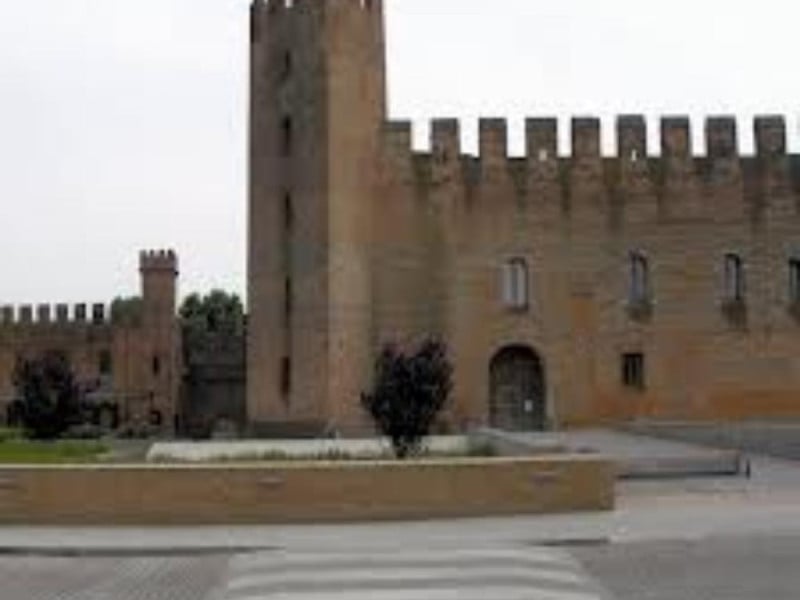Museo civico di Montagnana
The Municipal Museum of Montagnana is located in Castello di San Zeno, the most ancient part of the town fortifications. The construction of the big donjon dates back to 1242; in the 14th century the Carraresi enlarged the Castello, finishing the famous town wall. The Museum was established in 1980.
Room I of the Museum contains materials of Prehistoric and Proto-historic Age. The most ancient finds date back to Late-Neolithic and Aeneolithic Age (end of 4th-3rd millennium B.C.). The most late phase of the Iron Age is documented by the outfit of a rich male grave. Here we can observe the Celtic custom of burying the dead man with his weapons and tools of the trade: a sword with its sheath, a point of a lance, a large knife, a shear. The Roman Age (in Room II) is documented by numerous archaeological finds, that go from the Augustan Age to the Late-Imperial Age, belonging to both country houses and graveyards, that testify a peopling spread on the territory, often positioned on Adige river rises. Sepulchral monuments and funerary furnishings are in any case more important and of great value. Graves are mostly cremation graves in ditches or tile box graves; outfits are extremely rich and belong to a family graveyard of the gens Vassidia, probably landowner of the area. As far as stony monuments are concern, there is a very important and big stele in biancone marble, bas-relief decorated and with a long writing on the right part.
Medieval and Modern section is composed of three different kind of materials about history and buildings of the walled town. Among the paintings (Room IV), two fresco panels representing a Virgin in throne with two Saints, and St. Prosdocimo and St. Giustina (a wise executive quality in the wake of Altichiero da Zevio's lesson), La carità by Alessandro Varotari, a.k.a. the Padovanino, and a late Mosè by Antonio Zanchi. The collection of ceramics (Room III-IV) is more rich and offers by fragments a view on the production of Montagnana and the relationship with the neighbouring art centres, such as Legnago, Este and Padova, produced in the late age of the Carraresi (14th century), and the later production.
The last section (Room V) includes the materials given to the native Municipality of Montagnana especially by the heirs of the tenors Giovanni Martinelli (1885-1969) and Aureliano Pertile (1885-1952), famous protagonists of the Opera Theatre of the first half of the 20th century. Aureliano Pertile arrived at La Scala Theatre in Milan in 1916 with Francesca da Rimini by Zandonai. After some tours in South America and in New York (Metropolitan), Pertile was called again to La Scala in 1922, where he was Toscanini’s favourite interpreter (operas by Donizetti, Bellini, Verdi, Auber, Massenet, Puccini, Mascagni, Respighi, Wolf-Ferrari, and also Wagner and Musorgskij, showing his rare eclecticism). Composer Giacomo Puccini called Giovanni Martinelli as interpreter of La fanciulla del West at S. Carlo Theatre in Naples, in 1911; the following year, giving his first performance at Covent Garden in London with Tosca, he was greeted as "a new Caruso". He was engaged unceasingly from 1913 to 1945 at the Metropolitan Opera House in New York. The documents kept at the Municipal Museum of Montagnana are original photos, playbills and other proofs of the two great singers' activity. There is also a very interesting collection of theatre dresses worn by Martinelli in operas performed at the Metropolitan between 1914 and 1925, and some Pertile's relics as well.

